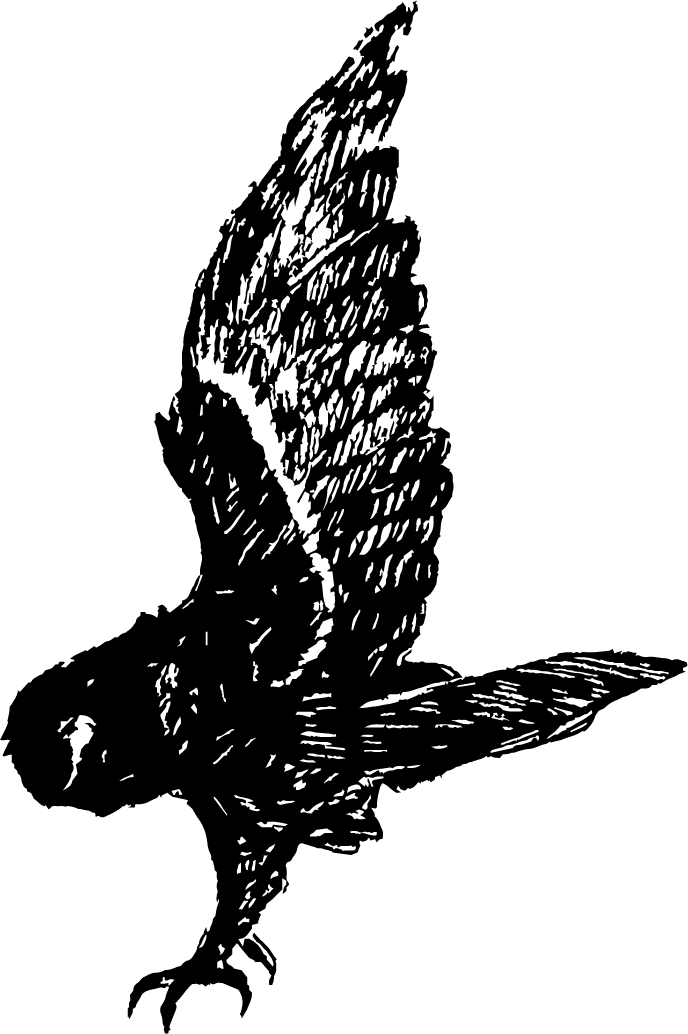This is a note on the current series, The People We Were.
Concerning subjects and themes in art, I really only want to paint the people I love. I anchor myself in the world largely in relation to their landscapes and stories. In the beginning of 2021 I was surprised to recognize that I was creating a series of paintings heavily imbued with death, though it has been true in my life and work that certain themes appear with an unexpected urgency. I began this body of work in the context of grief, having left a faith tradition with roots reaching beyond my infancy. It has been two years and my entire life since that departure and I am still daunted by the scope of death, made necessary again and again by the time spent believing and defending a position my soul could not sustain, and by the distance the lies managed to travel, rotting and requiring so much.
A mentor of mine writes often on shedding the imagined self and the critical question of honesty in one's creative practice. It has been helpful for me to understand my work not as self defining but as a reflection of more real questions concerning self and identity. The work is almost always far less interesting to me than the conditions in which the artist made it. My work is the expression of a healing person, more specifically a person orienting themselves towards self trust for the first time. It may seem that the images are not overtly hopeful or symbolic, but I find it important to point out that the act of healing hinges upon an acknowledgement of whatever state one happens to be in when they decide they can go no further. In these scenes I have tried to imply death without naming it, and to avoid casting ideations of hope, which is a concept too large to be threatened by an acknowledgement of despair. Given the context in which they were made, it does not surprise me that these works have no sense of place. It feels appropriate to think of them in liminal or indefinite terms, as one would memories or dreams.
To render an image is to lend representation to an idea. Lend, because painting also seems to be a lesson in impermanence. When I paint, I spend hundreds of hours rendering bodies. In these hours one figure appears as thirty others on its way to itself. These shifting images teach me about humility and to maintain a position of fluidity and distance. The absurdity of painting is never lost on me and yet there is something of prayer in returning, in attending to the intricacy of skin stretched over bones and blood. If true spirituality is an understanding of our connectedness to the rest of the world, then there is nothing to be won or lost. I can start a painting over after 80 hours. I can keep on burning the illusions for as long as it takes.
